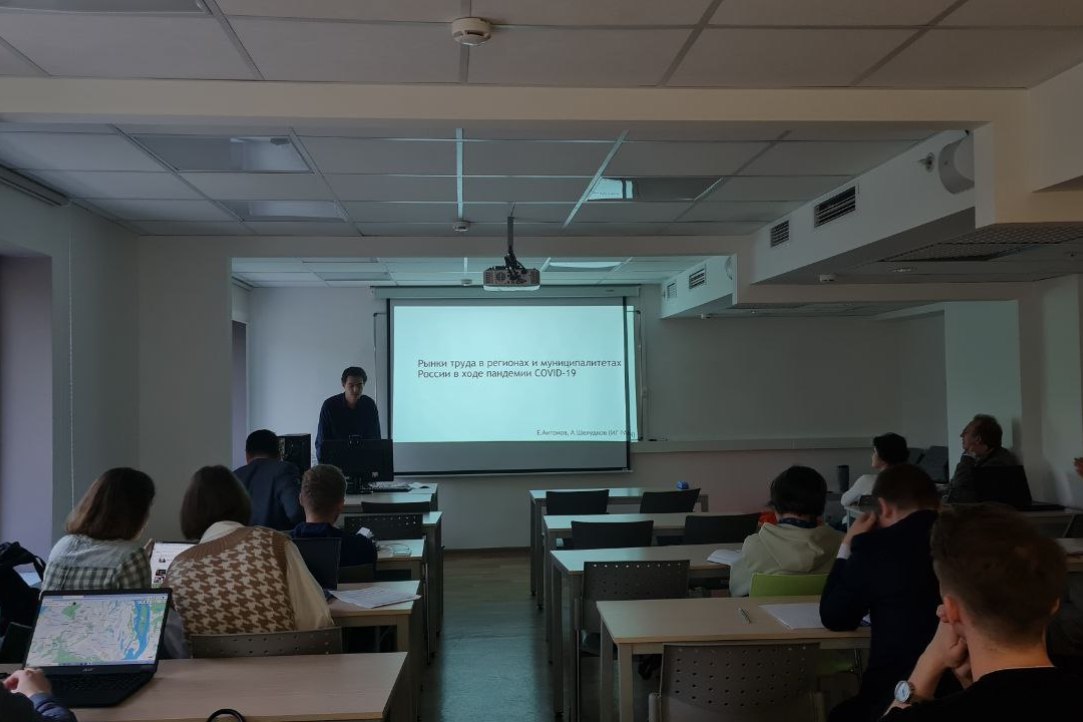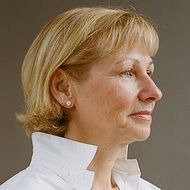- A
- A
- A
- ABC
- ABC
- ABC
- А
- А
- А
- А
- А
- HSE University
- Faculty of Geography and Geoinformation Technology
- News
- Reactions of Regional Economies and Communities to the Consequences of the COVID-19 Pandemic in Russia
-
Faculty
-
Educational Programmes
Geography of Global Changes and Geoinformation Technology
Spatial Data and Applied Geoanalytics
Low Carbon Development
 Атлас изменений окружающей среды - Кыргызская Республика (Atlas of Environmental Change - Kyrgyz Republic)
Атлас изменений окружающей среды - Кыргызская Республика (Atlas of Environmental Change - Kyrgyz Republic)
Medvedev A., Alekseenko N., Kuramagomedov B. et al.
United Nations Environment Programme, 2025.
Yurova A., Smirnova M., Kozlov D. et al.
Geoderma Regional. 2025. No. 40. P. 1-15.
In bk.: Reference Module in Earth Systems and Environmental Sciences. Oxford: Elsevier, 2025. P. 1-11.
Колосов В. А., Zotova M.
Published online. 10.1080/14650045.2021.1952184. Taylor and Francis, 2021

Reactions of Regional Economies and Communities to the Consequences of the COVID-19 Pandemic in Russia

Maria Zotova spoke about the resilience of the service sector of Russian regions to the COVID-19 crisis and the reaction of migration flows. The stability and adaptability of the service sector in different regions of Russia is determined by the internal structure, the level of per capita expenditures, income and consumption culture, and budgetary possibilities. As a result of the study, she identified three main types of regions according to the response of their service sector to the corona crisis: 1) metropolitan regions that were hit hardest, but also recovered faster; 2) industrial regions and regions with a focal type of development; 3) middle regions that were slightly affected by the pandemic due to the general low level of development of the service sector. It is also noted that by 2021, market services for the end consumer could not recover to the pre-crisis level - hotel business, catering, culture, sports and leisure, and most types of B2B services: finance and insurance, real estate transactions, professional and advertising activities.
With regard to migration flows, there is a slow recovery in international and interregional migration. Intra-regional migration decreased by 16% in 2020-2019 and recovered faster due to social and domestic reasons.
Evgeniy Antonov, junior researcher at the Department of Socio-Economic Geography of the Institute of Geography of the Russian Academy of Sciences, presented the dynamics of labor markets by regions and municipalities of Russia during the COVID-19 pandemic. The crisis in the labor market was sector-specific, which makes it stand out from the previous ones. The market sectors of the service sector were in a much more vulnerable position due to the restriction of consumer demand and quarantine measures.
The researcher notes that the ability of regional authorities to independently choose a strategy to combat the pandemic and its consequences had a corrective effect on the state of labor markets in the regions. Therefore, the expected and actual decline in labor markets in many regions has changed both for better and for worse, which is a measure of regional restrictive measures.
Olga Glezer, Leading Researcher at the Department of Socio-Economic Geography of the Institute of Geography of the Russian Academy of Sciences, spoke about restrictive and supportive measures at the federal, regional, municipal levels of government that affected migration, employment and the provision of services in Russia. The relationship between general federal guidelines and regional practices was uncertain during COVID-19. The degree of specificity of the measures taken also varied greatly depending on the territory, and between specific regimes.
Olga Glezer explained the concept of "high alert mode", which appeared in Russian public discourse in February-March 2020 in connection with the COVID-19 pandemic. The regime does not have clear criteria for the implementation of the concept, and it was implemented optionally. The regime is not operational enough, one of the main motives for its introduction is the need to appoint a person in charge, which is not enough to ensure the safety of the population.
At the end of the seminar faculty staff together with colleagues from the Institute of Geography discussed changes in tourist flows during COVID-19, internal migration problems, the crisis in the service sector, and the introduction of a high alert regime in Moscow.
The seminar was organized within the framework of a grant provided by the Ministry of Science and Higher Education of the Russian Federation (grant agreement number: 075-15-2022-325).
- About
- About
- Key Figures & Facts
- Sustainability at HSE University
- Faculties & Departments
- International Partnerships
- Faculty & Staff
- HSE Buildings
- HSE University for Persons with Disabilities
- Public Enquiries
- Studies
- Admissions
- Programme Catalogue
- Undergraduate
- Graduate
- Exchange Programmes
- Summer Schools
- Semester in Moscow
- Business Internship
- © HSE University 1993–2026 Contacts Copyright Privacy Policy Site Map
- Edit


